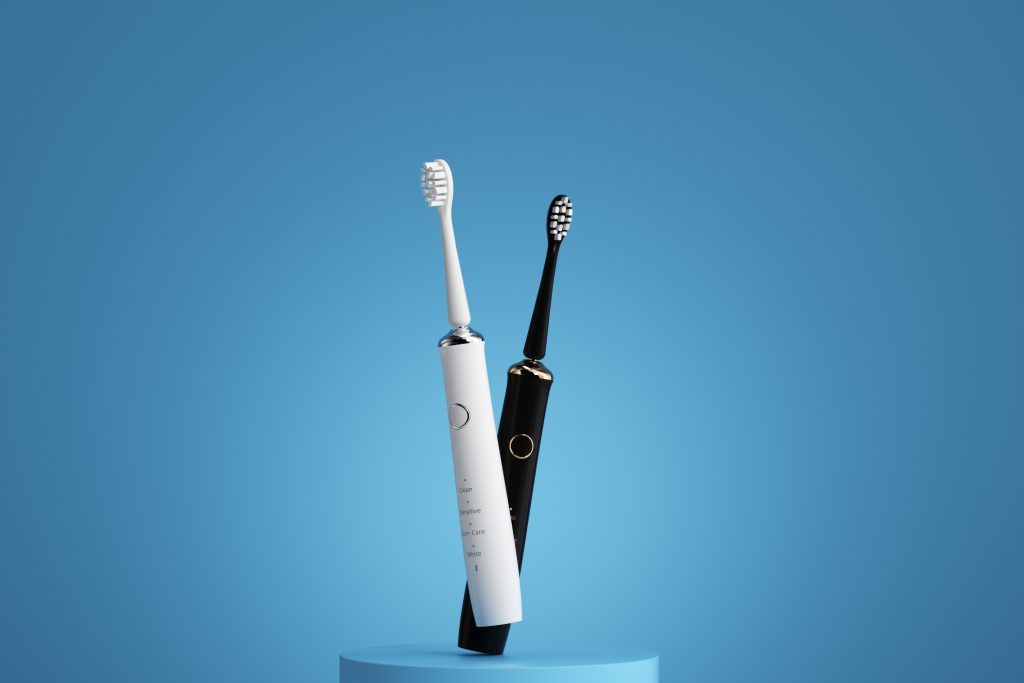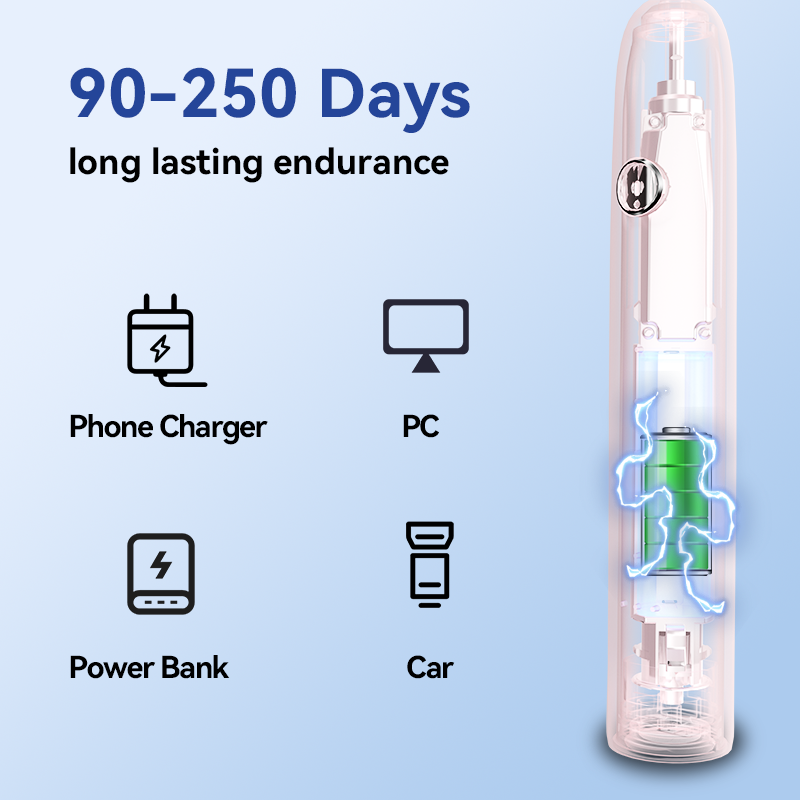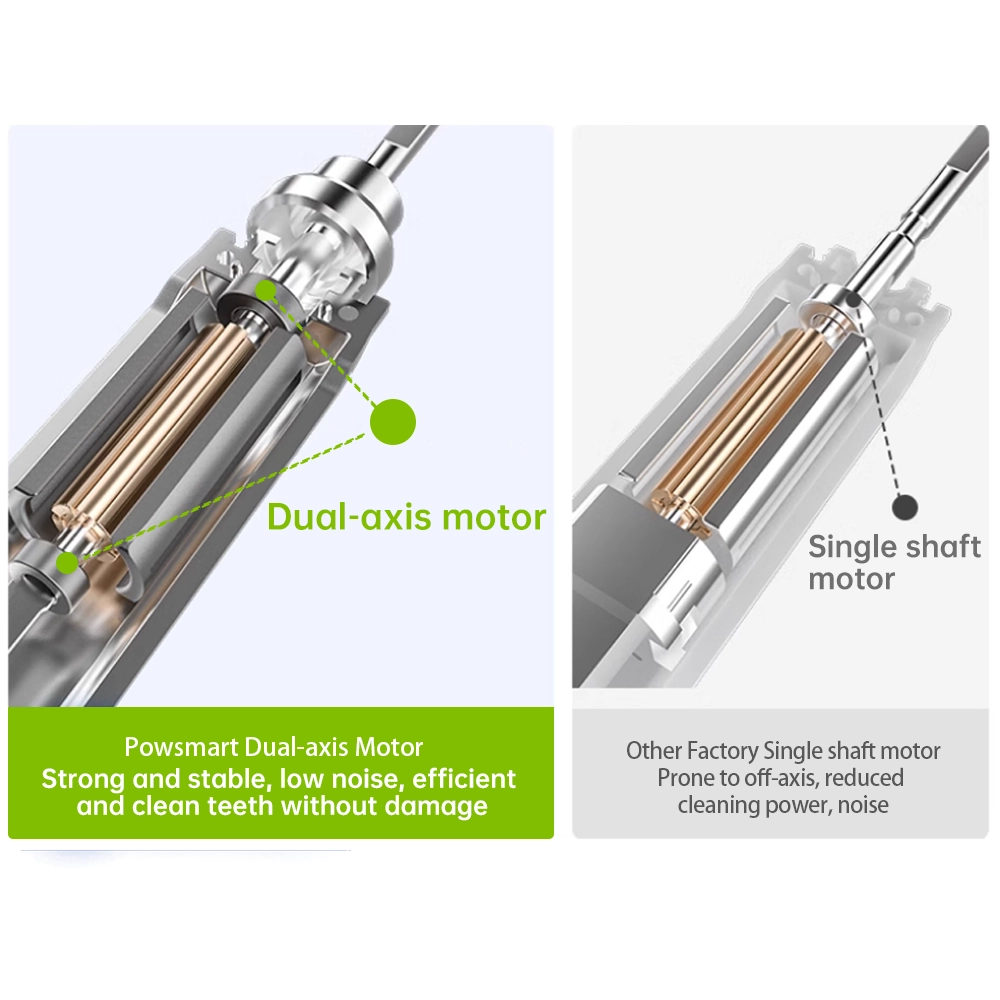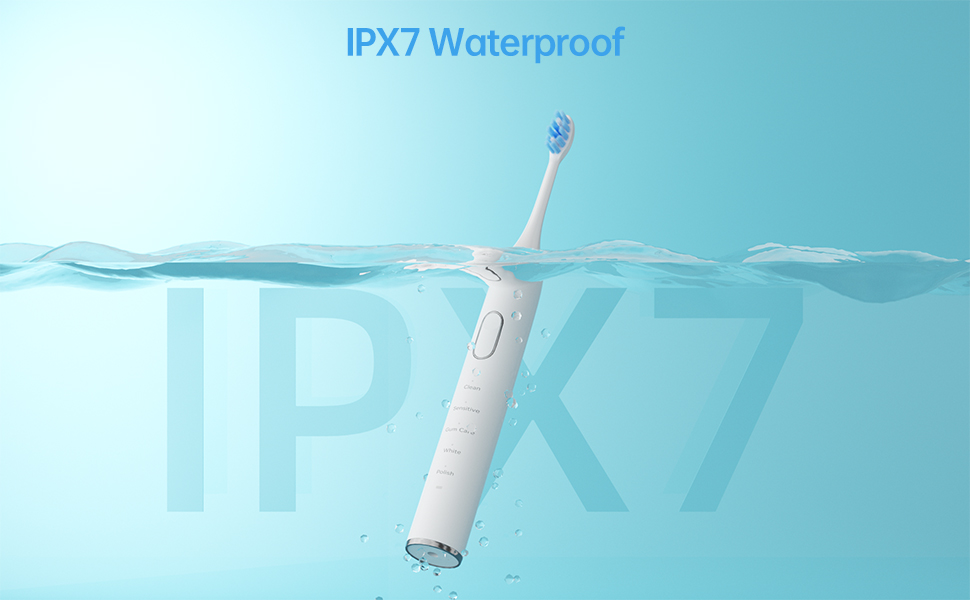In today’s competitive manufacturing environment, optimizing every component of your process is crucial. One factor that is often overlooked is the quality of contact points within your systems. For companies relying on Sonic Pulse Tech for high-precision operations, even a minor issue such as Poor contact can lead to significant performance setbacks. This article delves into six key areas to understand, diagnose, and address these challenges to ensure maximum efficiency and reliability.
Sonic Pulse Tech has revolutionized the way industries monitor and manage material integrity and system dynamics. By using ultrasonic energy to assess components, this technology enhances process control and product quality. However, its effectiveness depends largely on proper signal transmission. A disruption—often caused by Poor contact between sensor interfaces or connection points—can compromise data accuracy and operational reliability.
Poor contact refers to the inadequate connection between components where energy, signals, or information is exchanged. In the context of Sonic Pulse Tech, this might occur due to:
Consequently, even small gaps or irregularities can lead to signal loss or misinterpretation, undermining the entire system’s performance.
When Poor contact issues persist, the benefits of Sonic Pulse Tech can be severely diminished. For example, inconsistent sensor readings might lead to:
Early detection is key to mitigating the risks associated with Poor contact. Manufacturers can employ various diagnostic techniques to monitor the integrity of their Sonic Pulse Tech systems:
By incorporating these practices, companies can proactively address contact issues and maintain high levels of efficiency.
Preventing Poor contact requires a multi-faceted approach that includes:
As technology continues to evolve, so too will the methods for ensuring robust contact integrity. Future innovations may include self-diagnosing sensors and smart materials that adapt to environmental changes, further reducing the risk of Poor contact. In addition, advancements in data analytics and machine learning will allow for even more precise monitoring and predictive maintenance strategies. Manufacturers who embrace these emerging technologies will be well-positioned to enhance their operational efficiency and maintain a competitive edge in a rapidly changing industrial landscape.
In conclusion, while Sonic Pulse Tech offers significant advantages in monitoring and process optimization, its true potential can only be realized when every component is in perfect alignment. Addressing Poor contact issues through diligent maintenance, effective diagnostics, and forward-thinking innovation is essential for maximizing efficiency and safeguarding long-term operational success.https://www.powsmart.com/about-powsmart/



.jpg)
How to Evaluate a Toothbrush Manufacturer Catalog for Toothbrush Quality?
.jpg)
Is the Middle-Aged and Elderly Consumer Group a Potential Market for Electric Oral Hygiene Products?

Toothbrush Filament | What Kind of Brush Head Is Recommended by Many Toothbrush Brands?

Can the Battery Health of Electronic Oral Cleaning Products Be Restored?

Comparing Motor Types in Electric Toothbrushes: Sonic vs. Rotary for OEM Designs
Can Your Water Flosser Handle Braces?
.jpg)
Multiple Cleaning Modes in Electric Toothbrushes: OEM Options Explained
How to Use an Electric Toothbrush Properly for Maximum Oral Hygiene
.jpg)
Can a sonic toothbrush manufacturer also provide UV toothbrush sanitizer?
Crown Compatibility with Pressure Sensors Tech?
Wire Fraying Plus Tooth Graying – Silent Threat?

Whitening Sensitiveh Promote Whitening and Sensitive Populations

Is the Disinfection Stand for Electric Toothbrushes Useful? An OEM Analysis from the Factory

Scientific Oral Care: An All-Inclusive Guide to Preventing Oral Diseases

Does an Arizona desert toothbrush need an Arizona water-resistant rating?

How Houston pressure sensor tech elevates Houston deals toothbrush?

electric toothbrush heads Ultra Soft

electric toothbrush heads Regular Clean

Private Label Whitening Gel

electric toothbrush heads Deep Clean
.jpg)
Florida Electric Toothbrush – Powsmart PTR-C8

Customization Teeth Whitening Gel

Electric toothbrush heads Charcoal Infused-Diamond

electric toothbrush heads Charcoal Infuse-Round
whstapp
whstapp
National Toll-Free Service Hotline
+86 755 86238638